LayerZero, a leading omnichain interoperability protocol, has transformed blockchain connectivity by linking over 80 networks, including major platforms like Ethereum, Binance Smart Chain, and Polygon. Its extensive integration fosters seamless cross-chain communication and asset transfers, addressing fragmentation within the blockchain ecosystem. Recent growth includes its integration with Hedera in October 2024, further expanding its reach and connecting more dApps and liquidity sources. With over 54,000 smart contracts deployed and $5 billion in cross-chain transfers facilitated in Q2 2024, LayerZero has solidified its role as a cornerstone of blockchain interoperability and innovation.

Origins and Development of LayerZero
Founding Vision
In 2021, Bryan Pellegrino, Ryan Zarick, and Caleb Banister founded LayerZero Labs to address blockchain interoperability challenges. Pellegrino, a former professional poker player, had a background in technology and strategic development roles, providing a robust foundation for his endeavors. Zarick, with experience at Apple Inc. and Ripple Labs, brought expertise in software engineering and blockchain technology. Banister, a seasoned entrepreneur, contributed his experience in building and scaling tech startups.
Early Development and Funding
Recognizing the fragmented nature of the blockchain ecosystem, the founders envisioned a protocol that would enable seamless communication between disparate blockchains, fostering a more connected and efficient decentralized landscape. In September 2021, LayerZero Labs raised $6 million in a Series A funding round led by Multicoin Capital and Binance Labs. This investment supported the development of the LayerZero protocol, which launched its first version in March 2022. The protocol introduced a novel approach to cross-chain communication, utilizing Ultra Light Nodes (ULNs) and Decentralized Verifier Networks (DVNs) to facilitate secure and efficient message transmission between blockchains.
Growth and Industry Recognition
The innovative design of LayerZero attracted significant attention within the blockchain community. In April 2023, the company completed a $120 million Series B funding round, elevating its valuation to $3 billion. This substantial investment underscored the industry’s confidence in LayerZero’s potential to revolutionize blockchain interoperability.
Technical Innovations of LayerZero
LayerZero’s architecture incorporates several groundbreaking technical features that enhance cross-chain functionality and security:
- Ultra Light Nodes (ULNs): These lightweight clients facilitate cross-chain communication without needing full nodes. ULNs verify block headers and transaction proofs, ensuring secure message transfers while minimizing resource consumption.
- Decentralized Verifier Networks (DVNs): Independent entities validate cross-chain messages, adding security and decentralization to the process.
- Modular Security Framework: LayerZero’s framework separates intrinsic and extrinsic security. Applications can define their own Security Stack by selecting specific DVNs and setting message verification thresholds. This approach provides customized security.
- Omnichain Fungible Tokens (OFTs) and ONFTs: LayerZero supports fungible and non-fungible tokens that operate seamlessly across multiple blockchains. This simplifies token interoperability and increases the use cases for real-world asset transfers.
- Permissionless Executors: Verified messages are delivered by permissionless executors, ensuring decentralized message transmission and reducing the risk of centralized control.
Advancements with LayerZero V2
In January 2024, LayerZero Labs released LayerZero V2, introducing enhancements aimed at standardizing communication across various blockchain networks and improving the developer experience. The protocol’s modular security framework allows applications to define their own security configurations, providing flexibility and robustness in cross-chain interactions.
Through strategic funding and continuous innovation, LayerZero has established itself as a pivotal player in the blockchain interoperability space, striving to create a more interconnected and efficient decentralized ecosystem.

LayerZero V2 Enhancements
- Universal Messaging: V2 allows the transmission of data, function calls, and tokens across over 20 blockchains. This standardization simplifies building omnichain applications.
- Enhanced Security: V2 expanded the options for DVNs, giving developers more flexibility in setting security parameters.
- Permissionless Execution: V2 opened execution to anyone, democratizing participation in the protocol.
- Improved Message Handling: Messages can be executed out of order while maintaining resistance to censorship, increasing throughput and reliability.
- Unified Semantics: V2 included consistent contracts for Omnichain Applications (OApps) and OFTs, simplifying cross-chain development.
Security Model and Trustless Operations
LayerZero’s architecture prioritizes security and decentralization, ensuring trustless cross-chain communication. The protocol’s design incorporates several key components to achieve this:
- Decentralized Verifier Networks (DVNs): Independent entities verify cross-chain message authenticity, adding security and decentralization. Each DVN offers unique verification models, letting OApp owners choose the best security and cost-efficiency fit.
- Modular Security Framework: Separates intrinsic and extrinsic security components. Applications configure their own Security Stack by choosing DVNs and setting message verification thresholds, creating tailored security and cost-efficiency models.
- Permissionless Executors: Deliver messages to the destination chain after DVN verification. This design prevents single-entity control, enhancing trustlessness. It uses lazy nonce order enforcement to maintain liveness and resist censorship, adding horizontal composability.
- Immutable Endpoints: Deployed on each supported blockchain, these endpoints are immutable, censorship-resistant, and permissionless. They act as protocol entry and exit points, allowing applications to send, verify, and execute messages securely.
- Security Configurability: Applications can integrate third-party security measures like asset bridges, middle-chains, and other verification methods into the OApp’s Security Stack. This expands the range of possible security configurations. OApp owners can choose any infrastructure that securely delivers a message’s payloadHash to the destination MessageLib.
These combined components create a secure, trustless, and decentralized framework for cross-chain communication, empowering developers to build robust omnichain applications.
Economic Model and Incentives
LayerZero’s economic framework is designed to promote network security, encourage developer participation, and ensure sustainable growth. Central to this model is the native token, ZRO, which plays a pivotal role in the protocol’s operations and incentive structures.
ZRO Token Utility
The ZRO token serves multiple functions within the LayerZero ecosystem:
- Transaction Fees: Users pay ZRO tokens as fees for cross-chain messaging and transactions. This mechanism ensures that the network remains operational and that resources are allocated efficiently.
- Staking and Security: Participants can stake ZRO tokens to become validators or relayers within the network. Staking aligns the interests of network participants with the protocol’s security and reliability, as stakers have a vested interest in maintaining network integrity.
- Governance: ZRO token holders possess governance rights, enabling them to propose and vote on protocol upgrades, parameter adjustments, and other critical decisions. This decentralized governance model ensures that the community has a direct influence on the protocol’s evolution.
Incentive Structures
LayerZero employs various incentive mechanisms to encourage active participation and maintain network health:
- Validator and Relayer Rewards: Individuals or entities that stake ZRO tokens and perform validation or relaying services receive rewards in the form of additional ZRO tokens. These rewards compensate for the resources expended and the risks undertaken, promoting a robust and reliable network of validators and relayers.
- Developer Grants and Bounties: To foster innovation and expand the ecosystem, LayerZero offers grants and bounties to developers building on the protocol. These incentives support the creation of diverse applications, tools, and services that enhance the LayerZero ecosystem.
- User Incentives: End-users may receive incentives, such as reduced fees or token rewards, for engaging in specific activities like providing liquidity, participating in governance, or utilizing cross-chain services. These incentives drive user adoption and network activity.
Tokenomics and Supply
The total supply of ZRO tokens is capped at 1 billion. The distribution is structured to balance the needs of various stakeholders:
- Ecosystem Development: A portion of the tokens is allocated to fund ecosystem growth initiatives, including developer grants, partnerships, and community-building efforts.
- Team and Advisors: Tokens are reserved for the founding team and advisors, aligning their interests with the long-term success of the protocol.
- Public and Private Sales: Tokens are distributed through public and private sales to raise funds for development and operations, ensuring broad participation and resource availability.
Network Integrations and Ecosystem Growth
LayerZero has established itself as a pivotal player in blockchain interoperability, connecting over 80 networks and fostering a robust ecosystem of decentralized applications (dApps). The protocol recently expanded its reach by integrating with Hedera, an enterprise-grade public network known for supporting secure and scalable decentralized applications. This latest integration underscores LayerZero’s commitment to enhancing cross-chain connectivity and solidifies its position as a leader in creating a more interconnected blockchain landscape.
Supported Blockchain Networks
As of November 2024, LayerZero supports over 80 blockchain networks, including:
- Hedera: An enterprise-grade public network for decentralized applications and microservices.
- Flare Network: A blockchain network designed to bring smart contract functionality to various blockchains.
- Avalanche: A platform for launching decentralized applications and enterprise blockchain deployments in an interoperable, highly scalable ecosystem.
- Ethereum: The leading smart contract platform, facilitating a vast array of dApps and decentralized finance (DeFi) protocols.
- Binance Smart Chain (BSC): A high-performance blockchain known for its low transaction fees and rapid block times.
- Arbitrum: An Ethereum Layer 2 scaling solution that enhances throughput and reduces transaction costs.
- Optimism: Another Ethereum Layer 2 solution focused on improving scalability and user experience.
- zkSync: A Layer 2 scaling solution utilizing zero-knowledge proofs to ensure security and scalability.
- Solana: A high-performance blockchain supporting builders around the world creating crypto apps that scale today.
This extensive network support enables LayerZero to facilitate seamless cross-chain communication and asset transfers, breaking down silos within the blockchain ecosystem.
Ecosystem Growth and Adoption
LayerZero’s protocol has been integrated into numerous projects, enhancing their cross-chain capabilities:
- Stargate Finance: A fully composable liquidity transport protocol that lives at the heart of Omnichain DeFi. Stargate enables users and dApps to transfer native assets cross-chain while accessing the protocol’s unified liquidity pools with instant guaranteed finality.
- SushiSwap: A decentralized exchange (DEX) that has integrated LayerZero to facilitate cross-chain swaps, allowing users to trade assets across multiple blockchains seamlessly.
- Radiant Capital: A lending and borrowing protocol that leverages LayerZero’s technology to enable users to deposit and borrow assets across different chains, enhancing capital efficiency.
- PancakeSwap: A popular DEX on BSC that utilizes LayerZero to offer cross-chain asset trading, expanding its user base and liquidity sources.
- Aave: A decentralized finance protocol that allows users to lend and borrow cryptocurrencies. Aave has integrated LayerZero to establish a cross-chain communication abstraction layer, enabling decentralized systems like Aave DAO to communicate, mitigating risks from individual bridge providers through consensus rules.
- Curve Finance: A decentralized exchange optimized for stablecoin trading. Curve Finance’s Governance and Utility token CRV and CDP-stablecoin crvUSD can be seamlessly transferred between Ethereum and Fantom through LayerZero
- Magic Eden: A leading NFT marketplace that has integrated LayerZero to enable cross-chain NFT purchases within the Magic Eden app/platform, eliminating the need for centralized exchanges for token swapping or borrowing
- Pudgy Penguins: An NFT collection that leverages LayerZero’s technology to allow users to bridge their NFTs across multiple chains, enhancing accessibility and liquidity.
Benefits, Growth, and Strategic Advantages
Empowering Cross-Chain Asset Transfers
Networks integrate with LayerZero to unlock seamless cross-chain asset transfers. This integration enhances liquidity, boosts user engagement, and reduces reliance on isolated ecosystems. In Q2 2024, LayerZero facilitated $5 billion in cross-chain asset transfers, showcasing strong performance and sustained network activity. While this figure represented a slight decrease from the previous quarter’s $6.7 billion, it highlighted consistent usage and growth. The total volume remained 42% higher than the yearly low observed in Q4 2023, demonstrating continued expansion and adoption.
The average transaction value increased by 78%, surpassing $400 in Q2 2024. This rise indicated that users were conducting higher-value transactions, showcasing the reliability and efficiency that LayerZero brings to cross-chain operations. By integrating with LayerZero, networks gain access to secure and effective cross-chain capabilities that drive genuine user engagement and ecosystem growth.
Top-performing networks in Q2 2024 for LayerZero-enabled bridges included:
- Arbitrum: $1.2 billion in volume.
- Ethereum: $913 million in volume.
- Optimism: $893 million in volume.
Ethereum’s transfer volume alone grew 26% from $725 million in Q1 to $913 million in Q2. This growth was due to lower gas fees following the Dencun upgrade and new incentives like omnichain restaking. Networks integrated with LayerZero experience similar benefits, capitalizing on increased user activity and economic opportunities.
Fostering Developer Adoption and Innovation
LayerZero’s integration attracts developers seeking to build advanced, cross-chain applications. By June 2024, developers had deployed over 54,000 smart contracts across multiple networks using LayerZero. This widespread adoption shows that LayerZero is trusted for building innovative omnichain applications (OApps). These applications often go beyond simple asset transfers, supporting a wide range of use cases that add value to integrated networks.
Networks benefit from this developer interest by seeing their ecosystems expand with more tools and dApps. These additions increase the overall appeal and utility of their blockchain, promoting user retention and ecosystem growth.
Strengthening Community and Ecosystem Support
Integrating with LayerZero connects networks to an active, collaborative community. The protocol’s open-source nature encourages partnerships and the development of diverse applications. This collaborative approach helps networks expand their reach and utility in the broader blockchain space. The resulting ecosystem growth benefits all participants, as new projects and innovations continue to enrich cross-chain capabilities.
Applications Driving Adoption
LayerZero’s integrations extend beyond technical benefits; they open doors to real-world applications across key sectors:
- DeFi Solutions: LayerZero enables seamless cross-chain lending and asset swaps, which increase liquidity and user choices. Networks integrated with LayerZero attract DeFi projects that enhance their ecosystems.
- NFTs and Gaming: Cross-chain NFT transfers and game asset mobility offer networks new ways to engage users. These integrations boost accessibility and foster community interaction.
- Enterprise Applications: Networks that integrate with LayerZero can support cross-chain data sharing and contract execution. This capability appeals to enterprises looking for scalable blockchain solutions.
Impressive Growth Metrics
The strong metrics supporting LayerZero’s adoption underscore why networks choose to integrate:
- Cross-Chain Transfers: Facilitated $5 billion in Q2 2024, highlighting reliable and substantial usage.
- Developer Activity: Over 54,000 contracts deployed as of June 2024, reflecting trust and interest in building with LayerZero.
- Broad Network Reach: LayerZero connects with more than 80 blockchains, including Ethereum, Polygon, Binance Smart Chain, and Hedera. This reach demonstrates unmatched interoperability and network expansion.
Integrating with LayerZero brings networks enhanced cross-chain functionality, active developer participation, and access to a dynamic ecosystem. This combination drives growth, encourages innovation, and solidifies LayerZero’s role as a leader in blockchain interoperability.
Future Prospects for LayerZero
LayerZero’s future is filled with opportunities for growth and innovation as it continues to expand its network reach and enhance its capabilities. With over 80 blockchain networks already integrated, including prominent platforms like Ethereum, Polygon, and Hedera, LayerZero has laid a strong foundation for further expansion. Moving forward, the protocol aims to strengthen its ecosystem by introducing new features that increase cross-chain functionality and developer-friendly tools. These advancements will likely attract even more projects, dApps, and users, broadening the range of supported use cases.
Scalability remains an important focus as LayerZero scales to accommodate increasing network demand. The protocol must continue enhancing its infrastructure to maintain high performance and seamless user experience. Similarly, maintaining robust security is crucial as new integrations and innovations bring potential risks. LayerZero’s modular security framework and the use of Decentralized Verifier Networks (DVNs) provide a strong defense, but proactive measures and updates will be essential to sustain trust.
Outlook for LayerZero’s Impact
LayerZero has positioned itself as a leader in blockchain interoperability, bridging fragmented networks and fostering a connected decentralized ecosystem. Its innovative technical solutions, secure architecture, and active developer engagement set it apart as a transformative force in the blockchain industry. As it moves forward, LayerZero’s continued commitment to scalability, security, and compliance will determine its impact and influence. By maintaining its focus on these areas, LayerZero can drive future adoption, enrich the blockchain landscape, and unlock new possibilities for cross-chain interaction and collaboration.
*Disclaimer: News content provided by Genfinity is intended solely for informational purposes. While we strive to deliver accurate and up-to-date information, we do not offer financial or legal advice of any kind. Readers are encouraged to conduct their own research and consult with qualified professionals before making any financial or legal decisions. Genfinity disclaims any responsibility for actions taken based on the information presented in our articles. Our commitment is to share knowledge, foster discussion, and contribute to a better understanding of the topics covered in our articles. We advise our readers to exercise caution and diligence when seeking information or making decisions based on the content we provide.


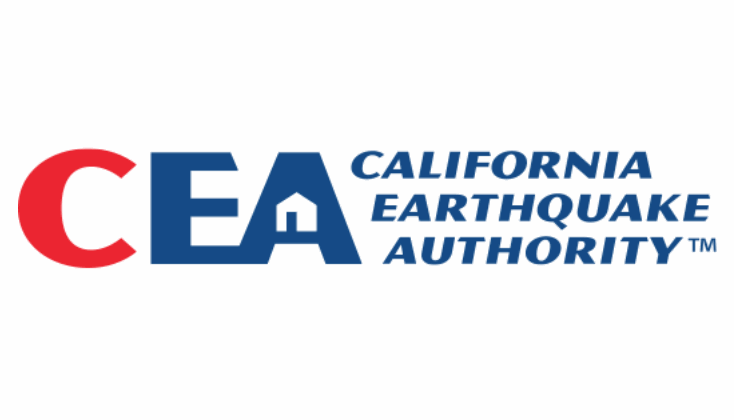





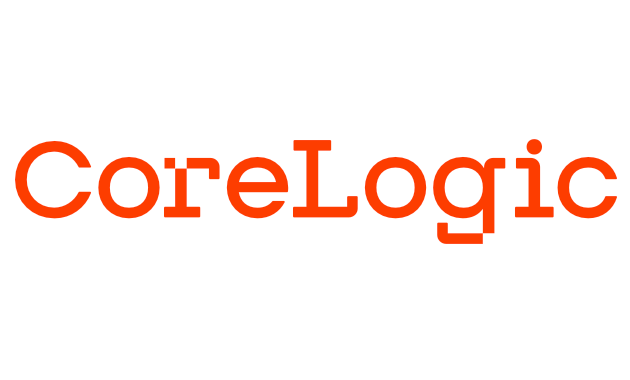
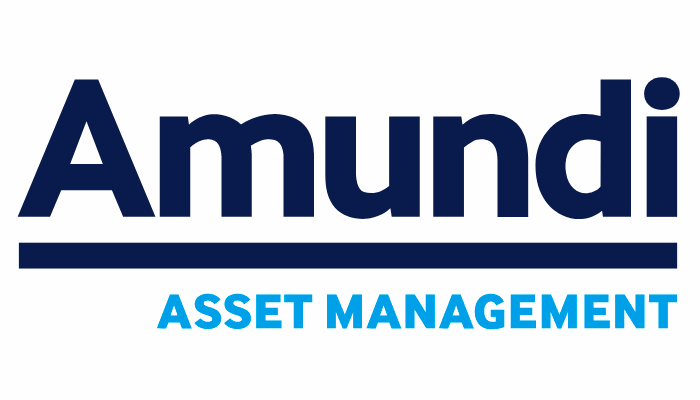
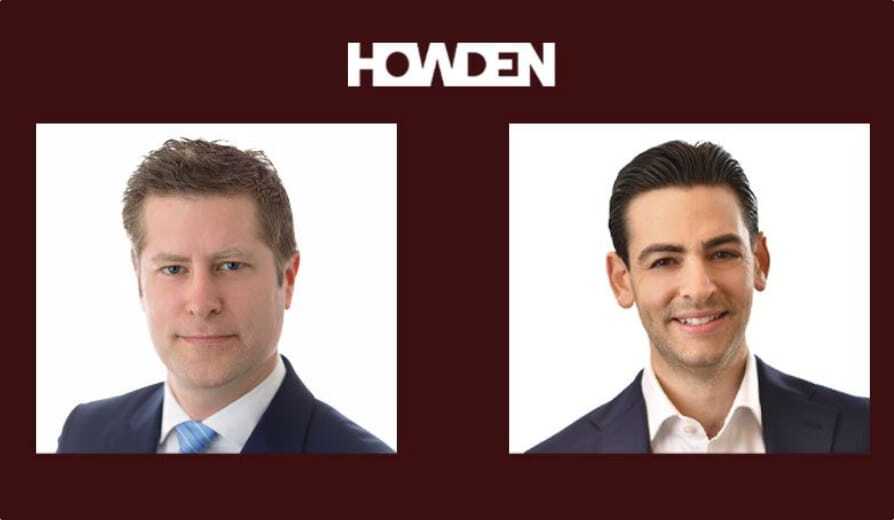
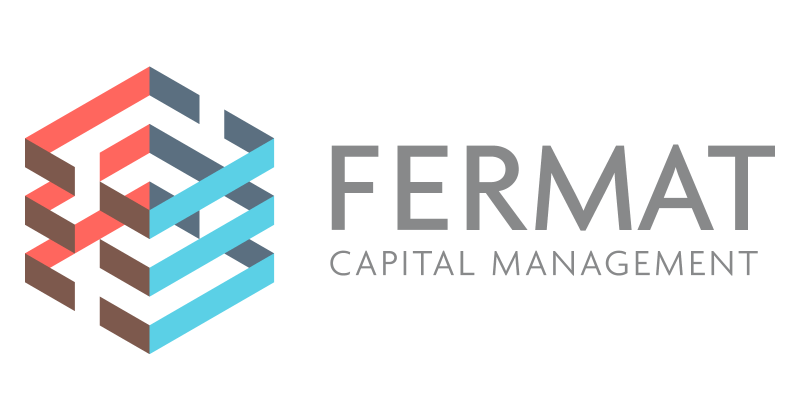








 English (US) ·
English (US) ·